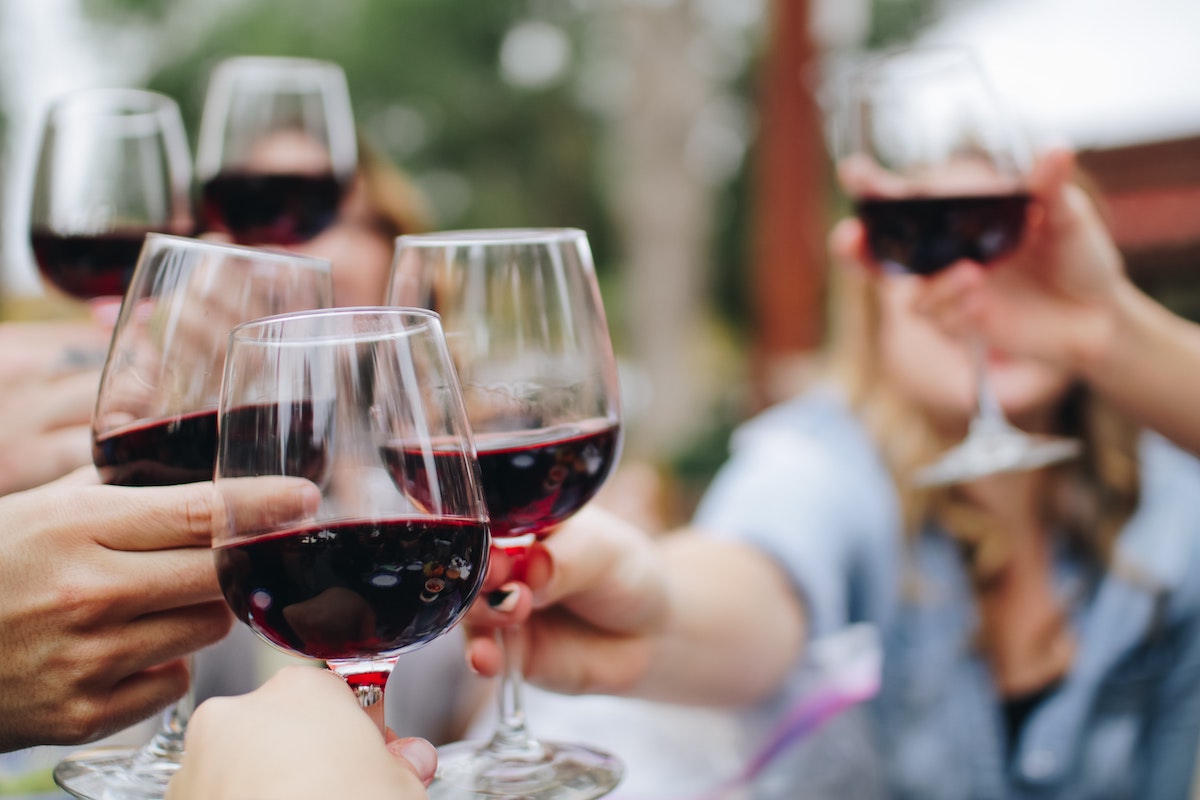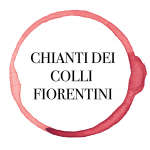Our beloved wine!
Historical notes on the lives and can not sull’enologia that since the ancient Egyptians, in fact as early as 4000 BC the screw had made its appearance in Egypt. They were later the Phoenicians who spread throughout the Mediterranean basin and the cultivation of the vine in Europe was finally imported between 2000 and 800 BC Italy was also called even Oenotria (wine country) and this makes you realize how important and widespread in our country was the screw.
Let’s leave out the various periods more or less happy that have followed, without neglecting the contribution of the Etruscans, moving to the first real treat “industrial” viticulture, to work, albeit in Italian, an Englishman, John Woodhouse, which wanting to imitate Sherry and Port (respectively, Spanish and Portuguese) laid the foundations of modern wine industry by opening the first winery in Marsala in 1796 to produce the wines.
Berry … here is the principle of all … we are a stalk or stem, made up of various parties and that “occupies” 3-5 percent of the entire cluster, but it is the grape with its three parts, epicarp, mesocarp, Endocarp … to put it in a nutshell … Peel, pulp and seeds … even if it is not as accurate as its division that makes the lion’s share with 95/97 percent of “space.”
The berry is not only important because it provides the must, but above all for what it brings into the must. The skin contains the coloring matter which will then give the final appearance of the wine also contains minerals, tannins very important to ensure good aging, and aromas.
The pulp is about 85 percent and the berry is made up of vascular bundles rich in wine, the must is also the highest percentage of sugar in absolute and this is fundamental to the process of fermentation the must suffer in followed. The sugars are basically of two types, Fructose and Dextrose and are contained in an amount approximately equal.
The Endocarp and grapeseed, ie the seeds (if they exist), contain a higher percentage of acids, tannins, mineral salts, vitamins and nitrogenous substances, as well as a good percentage of oil. Although the acids are important to ensure the quality and duration of the wine. They are divided into fixed acids and volatile acids, without going into too much remember that the grape is known to us the only manufacturer of tartaric acid.
Clearly, the proportion of these substances may vary, as they had understood the Etruscans, depending on the soil type, geographical location, climatic factors. Let us remember that acidity and sugar content are usually inversely proportional to the same position, ie while in the north it has a high acidity of the juice and low sugar content, exactly the opposite happens in the South, which explains at least in part the use concentrated musts from Puglia and Sicily in the wines produced in the North, as the Italian legislation prohibits the addition of sugar to the must).
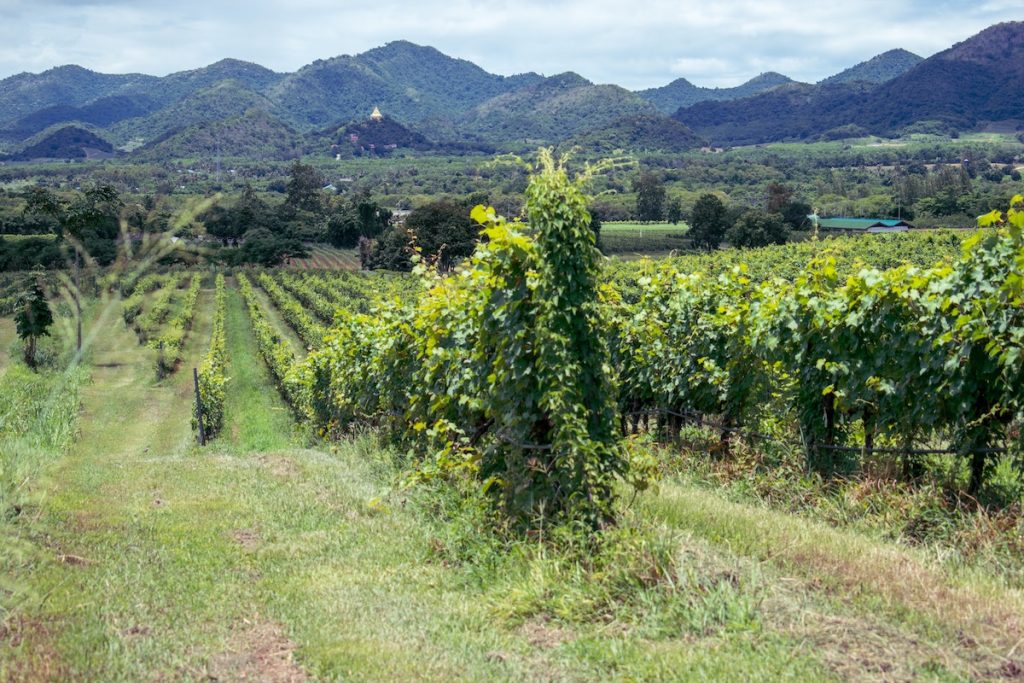
WINE
Continuing in the brief analysis on the wine production we consider the important substances that “work” in the wine during fermentation.
Enzymes are produced by yeasts and determine the alcoholic fermentation, some of them, fetentoni …, produced by molds are harmful because they produce the wine in intorbidimienti said Speaker (Speaker oxidase).
Yeasts can be Elliptical and apiculated. At the time of crushing grapes if they are about 2.5 million per liter, are single-celled organisms. The apiculated, even if it develops first are not desired because they do not act “good” producing numerous defects (eg excessive acetic acid) and are inhibited by the same very soon alcoholic fermentation which triggered (around 4 degrees spirits are inhibited …) . The Elliptical (Saccharomyces) are our closest friends, the ones that will give us good wine.
Not always (almost never) things go well … now the improvement is such that the pasteurized juice is more and more often to cleanse it from all microorganisms (bacteria and mold) and then the fermentation process is triggered by the addition of selected yeasts. There are some real “factories” of selected yeasts yeasts that provide the features necessary to satisfy demand for the production of a specific wine in this way are all currently produced in France Champagne and each house has its own “formula” secret both as regards the type of yeast used that as far as the “liquor delivery” … but here in a subsequent trespass “lesson”. 😉
In the case of pasteurization boost you will have a Fermentation Pure Absolute, while if the pasteurization are not completely eliminated the microorganisms are talking about Pure Fermentation Relative (obviously).
I must, before being vinified undergo further corrections, the most important of these sugars, acidity, tannins, color, sulfidation and support of bentonite fining. At this point I feel disgusted to have you sufficiently so as to not want to open in your life a bottle of wine. ;-)))
Of the above said hint only to sulfidation, which if poorly executed causes those frequent unpleasant sensations to the uncorking of the bottle, sensations that after a short period of oxygenation of the wine disappears. In practice, to adjust the alcoholic fermentation, to facilitate the transition from the peel to the juice of coloring matters for illimpidire the must to protect from oxidation of sulfur dioxide is added to the wort. Even more massive is the dose if you want to carry the musts to avoid their triggers fermentation, these musts because once you reach your destination must be desolfitati bleahhhhhh …. 🙂
And so we come to winemaking, possible systems are different but the main ones are 3 plus one … Already we must also think about the production (and growing) of Novelli …. that need a particular method of vinification.
Winemaking in White, Winemaking on Pomace (in Red), Rosé wine fermentation and vinification by carbonic maceration.
Must and skins are immediately separated so there is transfer of dyes. The pressed grape produces the must is immediately removed by the sgrondatori from the skins, duly sulfited is then put into containers of fermentation.
The juice produced from black grapes remains in contact with the skins for the time necessary to the sale of coloring matter, to avoid problems of acescenza using sticks of Fullers or the technique of submerged hat to keep the skins always dispersed in the bulk of the wort.
Recalling that it is forbidden to mix white wine and red wine, it is evident that the production of rosé wine is made with a partial vinification in red so that the skins give the wine a partial coloring. (+ Or -)
The method used for the production of Novelli (in France the Beaujolais) provides for the use of the berry if subjected intracellular fermentation in an anaerobic environment. The resulting wines presentanodelle best organoleptic qualities but for contyro have a low resistance to aging. In practice, the principle is to ferment in an environment free of oxygen the berries. These are pressed, but not placed in a tub (maceration) previously filled with carbon dioxide. Studies on intracellular fermentation were made around 1870 by Pasteur. The fermentation with carbonic maceration is difficult to implement but results in the production of wines very bright, fruity, soft and ready by the glass in a short time.
COLOR, AROMA, TASTE
These are the three main things to consider.
The color is mainly due to pigments (phenolic). Tannins, anthocyanins, leucoantociani, Catechins, Peptic substances, mineral salts, were once held responsible also flavones, are the principal coloring of wines. Remember to keep in mind that all of these substances over time tend to “disappear”, either by precipitation or because they bind to other substances giving rise to new balances, or by oxidation, or simply aging. Also very important is the environment in which they are immersed, acidity, basicity and oxidation determine the color of the reflection of a wine they will lead to different reactions in phenolic pigments. It so happens that in acidic environments (young wines) the color is vivid (bright reds and brilliant) and as they switched over to neutral or alkaline environments, the color turns violet but the oxidation contributes to assume shades of pale and introducing a known dark yellowish.
Even if you have to make the statements contained herein with caution so you can already give you a note on the identification of the alleged age of a wine according to its color (obviously knowing the type of grapes used and the winemaking system).
A young wine (in the three types of white, rosé, red) are present respectively, Yellow very clear straw yellow with greenish or yellow, soft pink, purple or red ruby. The same wine at a later stage of maturity (if any) and if properly stored will present the colors more pronounced (loads), straw yellow or golden yellow (exhaust), cherry pink (you have no cherries?) Or pink claret , ruby red with garnet … This eventually leads to prolonged maturation of colors for certain wines (most) are no longer synonymous with quality but a defect that is not recommended for purchase. The white wines aged properly (the few who can) will be a nice yellow gold color, while red will Granata load, perhaps with some reflected light (but light) orange … Definitely to be thrown away instead wines Amber color (except as MUST be more or less of that color the raisin, very sweet wines, dessert wines in practice those much alcohol that favorably aging) as well as the reds tend to ‘ orange (except for here too long aging wines such as Sherry sweet and dry, the Port, the / the Marsala and some others, in short, that the wines Oxidation make them a constitutive element and not a moment of decay).
Assessments of color shall be made tasting glasses, in quiet environment, on white background, with light possibly not adequate to Neon. is useless to evaluate the color, but more generally a glass of wine in the middle of the carnival parade on a table with a red tablecloth inside a glass beaker colorful fantasy … :-)))
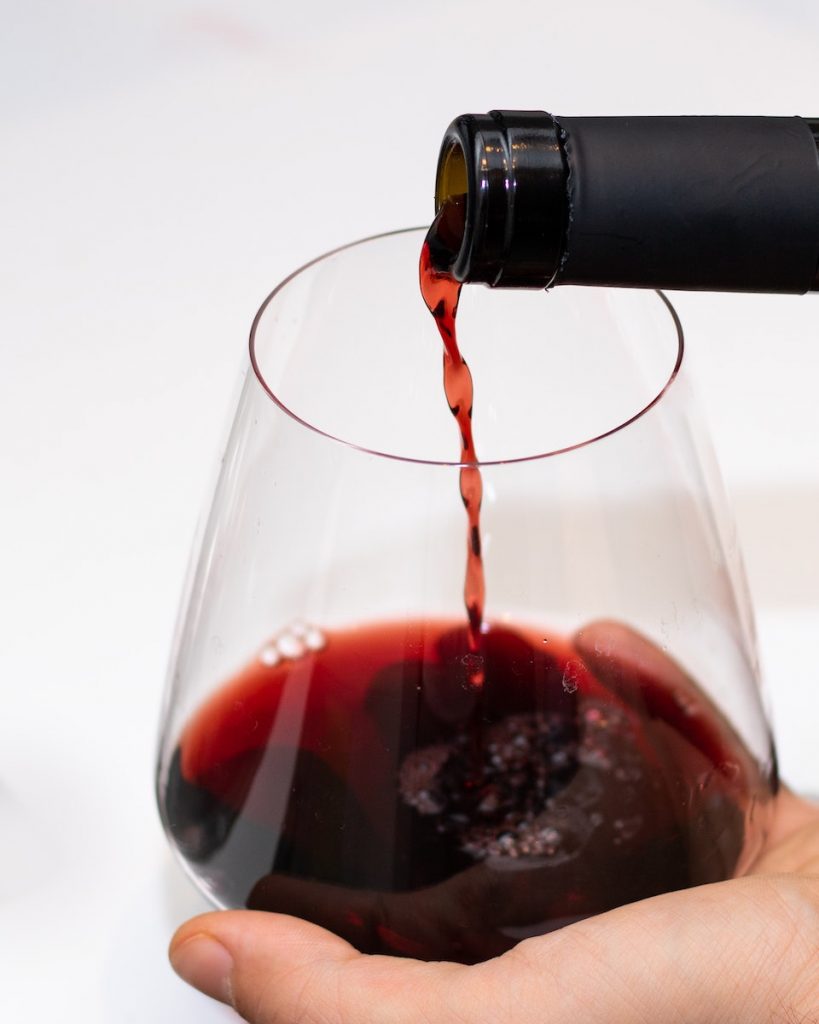
TASTE
And with this we end the organoleptic examination of wines.
The taste and perception occur as obvious in the mouth … The possibility offered by our gustatory apparatus is very limited but sufficient for our purposes, in fact the taste sensations are only 4 types, Sweet, Salty, Bitter, acid.
So, on the basis of the sensations received we will be able to qualify a wine with regard to its content in substances “soft” that give sweet sensations, such as alcohols, sugars, glycerol, substances responsible for the sour feeling such as tartaric acid, malic acid, citric acid, lactic, succinic, acetic (six acids present always and in any wine). Substances such as tannins (polyphenols and quinones) generally responsible amarotiche of feelings and sensation of astringency typical of aging wines consumed young (the tannins which are still loads must refine), a little ‘how to put an unripe persimmon in your mouth .. . 😉
Finally the sensation of flavor due to the lower or higher concentration of mineral salts and organic substances.
Do not be confused by those who are the aromas perceived retro-nasally (the famous aftertaste), this is not perceived with his mouth, but always with his nose because retroolfattiva (led by the nose that reach the oral cavity that is filled with aromas breathing “reported “loose at the waist by enzymes in our saliva).
The parameters that are evaluated during a tasting during the examination taste are those related to the sensations listed above plus some judgments about the intensity and persistence in the mouth of these feelings, then you can make an overall judgment on the merits on wine considering the three distinct phases of the tasting, these stages must succession in a harmonious way because the wine is classified as good or excellent (no parameters related to the terminology used by professionals).
In fact, a young wine (which you would expect fresh, with some characteristics that I mentioned) and is then tastes very marked or cloying, or that (if red) present a lack of tannins (which means that, the wine will only get worse going to meet early oxidation) can certainly not be harmonious. But be careful with this term … an old wine, with typical color of his age, with very soft tannins and low acidity (typical of old wines), and scents extremely close to very ripe fruit, spices and more, although not a good wine is harmonious, however, as the three analyzes confirm in full the sensations in their succession.
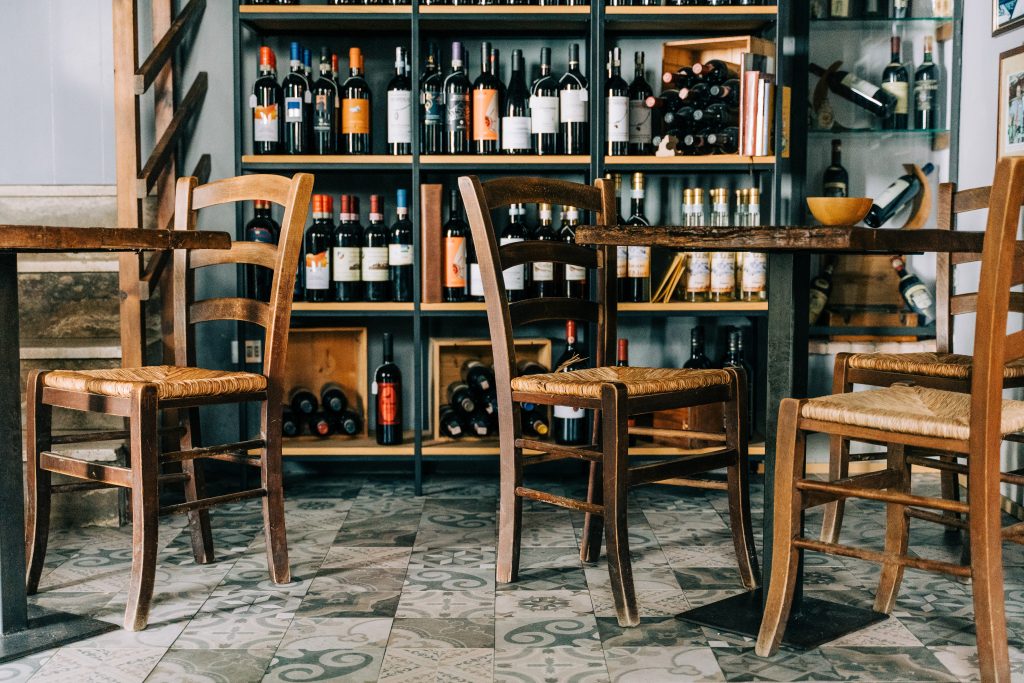
PERFUME
The composition due to odorous substances is extremely varied, we are talking about 600 different constituents in chemical composition and origin.
But you can distinguish 3 stages in the formation of perfumes corresponding to three “types” of aromas:
Primary or varietal aromas due to the typical grapes used in making wine, which are mainly due to terpenes linanolo and geraniol, terpineol and other … In short, these aromas are closely related to the variety of grape used and easily traceable to it, so they are very easy to locate in Muscat, Malvasia, Traminer, Sauvignon.
Alongside these aromas those sayings of Pre-fermentation, due to substances apparently odorless but as a result of enzymatic processes (hydrolysis) release all their flavor (Chardonnay, Riesling and others ….)
This is followed by aromas or Secondary Fermentation, ie those aromas that develop during the fermentation process and are primarily due to alcohols, esters and acids, these aromas determine the aromatic core of the wine, let’s say you are a little ‘card identity of the wine.
With aging there is finally the development of aromas Tertiary (or aging) that combine to form the bouquet. That’s why you can not (it is wrong) speak of a range of a young wine or barely aged, the bouquet is formed during a long aging. The cause of these aromas is the formation of substances derived from esterification processes, redox or acetilizzazione that take place in the bottle.
Finally, we must keep in mind the aroma due to the wood of the barrels where the wine was nelel place. Paticolarmente interesting is the use of barriques, small barrels that release aromas in the wine due to substances such as aldehyde vanillica (classic scent of vanilla) or aldehyde cinamica.
The tastings are various parameters of the smell, but mostly we evaluate intensity and persistence of, then switched over to identify for “olfactory similarity” the main recognizable smells, flowers, fruit, spices, etc.. Obviously the olfactory analysis is important because it allows for an immediate perception also of any defects due to poor preservation or other unforeseen occurred to wine in his life.
I will not elaborate too much, just try to pick up a glass of wine young to recognize flowers and fruit to a careful analysis olfactory, usually apple, lemon and other unripe fruits in whites, while raspberries, blackberries, strawberries, cherries are often found between the aromas coming from an young red … As the age increases the aroma of the wine passes more and more mature fruits, banana, pineapple and other tropical fruits, also in aged red wines are often present calls to the tobacco, pepper, or other spices … if he had an extended stay (but accurate) wood will be easily recognizable a note of vanilla is quite marked. Give it a try if you happen to try with Beaujolais November that I consider the ultimate expression of the foregoing, the young wines … in a Beaujolais certainly recognize Strawberries, raspberries, currants, blackberries at will … and you can not say that I will tell bales ;-))) If you do not coglieste none of these nuances are two cases …

